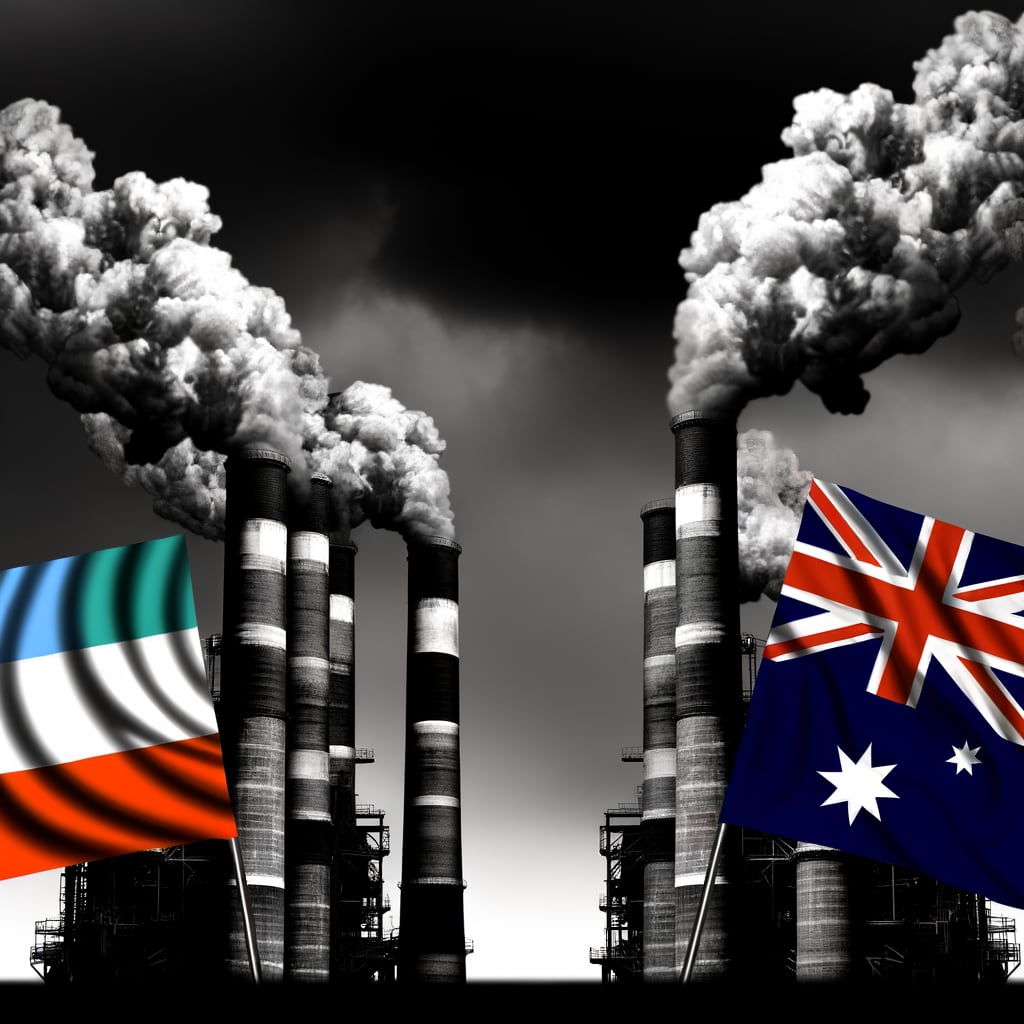US-China Trade Tensions Escalate with Increased Tariffs Amid Intellectual Property Concerns
In a significant escalation of the ongoing trade war, the Trump administration has doubled tariffs on steel and aluminium imports, raising duties from 25% to 50%. The move, which has been met with widespread criticism and fear of economic implications, comes amidst accusations against China of rampant intellectual property theft from American institutions.
Background
President Trump’s decision to increase tariffs was made in an attempt to reduce or eliminate the threat posed by imports
and ensure self-sufficiency in strategic industries. This move builds on a February 10 executive action that imposed a flat 25% tariff on all steel and aluminium imports. Notably, the UK has been spared from this tariff hike after a deal was struck between Washington and London last month.
A Strained Truce
This latest development follows a fragile truce agreed upon by the US and China on May 12 to pause the trade war for 90 days. However, tensions have been renewed with the US accusing China of “seriously violating” the agreement, a claim that Beijing strongly denies. China has instead accused the US of “coercion” and “harmful” restrictions, calling into question the validity of Washington’s claims.
Economic Impact
The increased tariffs have already begun to impact the global economy. The Organisation for Economic Co-operation and Development (OECD) predicts a modest 2.9% growth in 2025 and 2026, down from 3.3% last year. US manufacturers have also reported a third consecutive monthly decline in output, as uncertainty over tariffs continues to impact production.
Legal Challenges and Future Implications
The tariffs face legal challenges, and White House Economic Council Director Kevin Hassett remains very, very confident
that courts will support President Trump's tariff agenda. Meanwhile, Republican South Dakota Sen. Mike Rounds has called for a nuanced approach to the US-China relationship, advocating for maintaining China as a key trade partner without giving them access to America's technology.
Conclusion
As the US doubles down on its tariffs, the global economic landscape faces a period of uncertainty and volatility. The impacts of these measures are already beginning to be felt, with declines in manufacturing output and lowered growth projections. As legal challenges mount and negotiations continue, the future of this trade war and its global impact remains uncertain.

